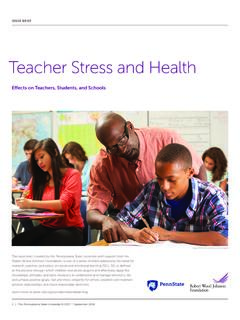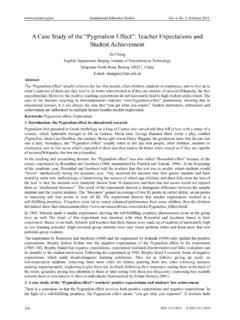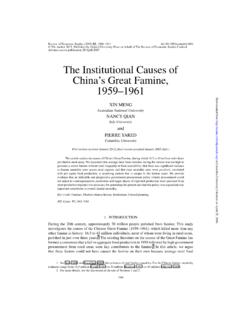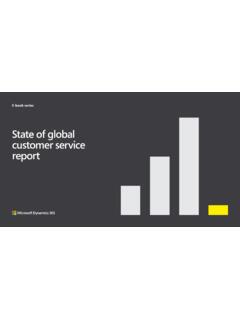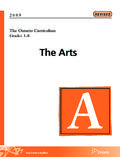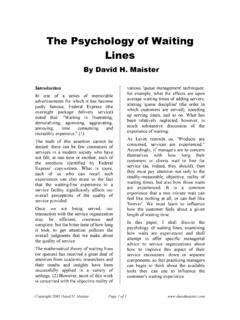Transcription of The Virtual Communication Aspect: A Critical Review of ...
1 Journal of Literacy and Technology Volume 17, Number 3: Fall 2016 ISSN: 1535-0975 172 The Virtual Communication Aspect: A Critical Review of Virtual Studies Over the Last 15 Years Dr. Jacqueline M. Layng University of Toledo Journal of Literacy and Technology Volume 17, Number 3: Fall 2016 ISSN: 1535-0975 173 Abstract This study is a Critical analysis of the Virtual research conducted over the last 15 years in which Virtual Communication played a key role. The study found that a definite pattern of criteria is being used when successful Virtual Communication is utilized in the workplace.
2 This study is the first part of a two-phase research project and has identified these success criteria from current research on Virtual Communication in order to conduct a follow up field study . The second study will use a measurement rubric developed in this study to analyze if businesses are successfully using Virtual Communication or not. Journal of Literacy and Technology Volume 17, Number 3: Fall 2016 ISSN: 1535-0975 174 In today s global environment, business meetings are no longer limited by physical boundaries. Instead, companies increasingly are requiring employees to conduct interviews, pursue projects, and hold meetings without ever being in the same room or the same country.
3 However, using this technology is not the same as using technology effectively. To be adequately prepared to participate effectively in this Virtual arena, it is imperative that researchers analyze and discover how organizations and workers effectively function in this setting. Today employees may be sitting alone at their desk attending a Virtual meeting with colleagues they have never met, each of them in separate offices at different geographic locations. There have been many studies and several new books examining managing Virtual teams and the Virtual worker (Johnson, Bettenhausen & Gibbons, 2009; Sobel-Lojeski & Reilly, 2008; Flatley, 2007), which discuss several different techniques for improving Virtual Communication .
4 However, little research has actually analyzed major studies by just focusing on the Virtual Communication aspect. The purpose of this research is to conduct a Critical Review of the studies analyzing the use of Virtual Communication in organizations and whether using this technology is or is not improving Communication in the workplace. During this investigation I will also identify success criteria from the major studies in the field of business Communication and develop a rubric to measure the use of this criteria in the workplace. In Natalie Burg s 2013 Forbes magazine article, she states that most business Communication today still depends on conference calls and email chains, which make it challenging to get to know your partners.
5 According to a 2007 Stanford study , 20% of the workforce have never met their boss fact-to-face. (House, Presentation at Media X Summer Institute) However, even though more Communication has moved to being Virtual , most business professionals are still communicating as if it is face-to-face Communication (Berry, 2011; Kidde, Journal of Literacy and Technology Volume 17, Number 3: Fall 2016 ISSN: 1535-0975 175 2014; Majchrzak, Malhotra, Stamps, & Lipnack, 2004). Professionals are also spending too much time searching for information and there is a need to use more social media to connect better with other team members (Cardon & Marshall, 2015).
6 In 2000, 70 percent of young adults used the Internet and that figure has steadily grown to 96 percent today. Pew research studies have found that in 2015 nearly 64 percent of US adults own a smart phone and mostly use it for texting, voice, Internet, email and social networking. The world has moved to communicating virtually on a day-to-day basis and so has the workforce. The question is: are these businesses communicating successfully virtually? There have been many studies conducted in multiple fields from management to business Communication analyzing Virtual teams, Virtual workers, and Virtual distance (Andres, 2012; Sobel-Lojeski & Reilly, 2008; Duarte & Snyder, 2001; Reinsch & Warisse-Turner, 2006; Suh, Shin, Ahuja, & Kim, 2011).
7 Communication plays a key role in this research but very little of the research focuses on the Virtual Communication aspect. Of course several factors (Technology Choice, Trust, Leadership, Culture, etc.) effect Virtual Communication and many studies do discuss Computer-Mediated- Communication (CMC) but few explore the true impact of Virtual Communication in the workplace (Qureshi, Liu & Vogel, 2006). Lojeski and Reilly agree that, Communication problems strongly influence every aspect of Virtual distance. They re the most insidious issue in today s global workforce and overcoming them requires a tireless effort by both team members and management (p.)
8 99, 2010). Thus, we need to analyze Virtual studies that research the workplace and focus on the Virtual Communication problems and successes. This will help employers and workers improve their Virtual skills by identifying Communication problems at an earlier stage and teach them how to correct Communication breakdowns. Journal of Literacy and Technology Volume 17, Number 3: Fall 2016 ISSN: 1535-0975 176 Therefore this study s research question is: What are the successful strategies or criteria used in Virtual Communication in the workplace as identified in Virtual research? Methodology This inquiry gathered hundreds of studies over the last 15 years that analyzed and discussed Virtual teams, Virtual workers, Virtual distance and Virtual Communication .
9 Forty studies were selected for Critical Review because Virtual Communication played a main role in their analysis. These studies came from a variety research fields but the majority from the Journal of Business Communication , the Journal of Business and Technical Communication , the Business Communication Quarterly, the Journal of Management, and the Journal of Management Information Systems. I identified the studies that Virtual Communication played a key role in the outcome through Critical analysis based on the methodology used in Duarte and Snyder s 2001 book titled, Mastering Virtual teams: Strategies, tools, and techniques that succeed as well as Qureshi, Liu, & Vogel study in 2006.
10 Duarte and Snyder identified four competencies Critical to successful Virtual teams: Communication , establishing expectations, allocating resources, and modeling desired behaviors. While Qureshi, Liu, & Vogel identified Communication elements and structures that help make Virtual teams successful such as team and task characteristics, Communication technology choice, management strategies, Communication patterns and information sharing and processing (p. 59). Therefore, Virtual studies that set clear rules or expectations when using certain types of technology, defined effective work completion, laid out general team norms and expectations, included time lines and specified team member outcomes, and used documentation systems met the criteria to be critically reviewed for this study (Duarte & Snyder, 2001).

